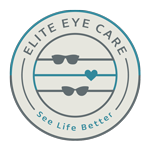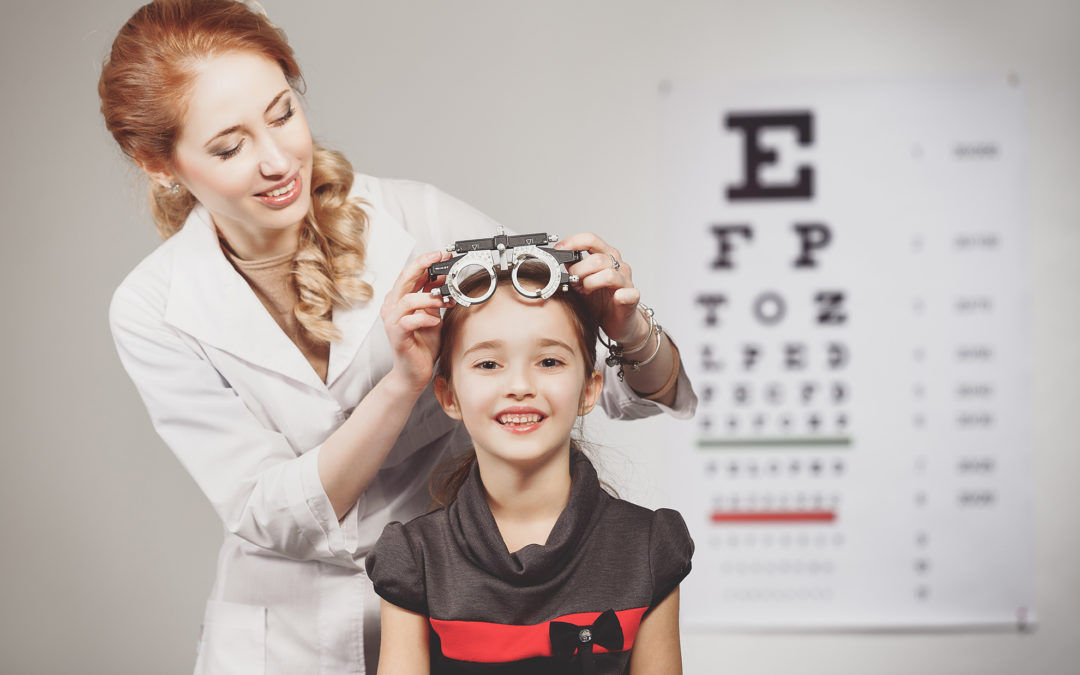Most people think that the school vision screening or the annual physical is all that children need for an “eye exam”. Those are both great options for a quick check and can often pick up major issues, but it is the subtle findings that they often miss. A comprehensive eye examination should be performed on every child before starting school. Yes, I said every child. According to the American Public Health Association, about 10% of preschoolers have eye or vision problems. However, children this age generally will not voice complaints about their eyes (AOA).
Now let’s think about this, 80% of learning involves vision. That is a very large percentage and if you can imagine your vision being blurry or uncomfortable how much you may struggle with learning. Another major area of vision issues in children is related to focusing and eye alignment. So, your child may say things are clear and they can see the book, but after 5-10 minutes they may be losing focus or refusing to continue with homework because their eye focusing systems does not function properly. These are all things that a comprehensive eye exam will examine, not to mention also providing a complete eye health evaluation.
Children’s eye exams involve the same components as an adult exam, but the tests may be different. An optometrist can distinguish the eyeglass prescription for someone any age, yes even a baby. We are able to use lights and the reflexes of those lights off the eyes to perform many different eye tests. The eye chart is used only if the patient has the verbal skills to call out letters or pictures. We also try to incorporate fun children’s toys to keep the exam fun for the child.
Many parents ask when should a child have an eye exam. Here is the recommendation from Elite Eye Care (3 exams before starting school):
- Infant: at 6-12 months – InfantSee program allows for a FREE comprehensive eye exam for any infant under 1 year of age.
- Toddler: at 2-3 yrs of age
- Preschool: at 5 yrs of age- or before starting school
- School Age & Beyond: Every 1-2 yrs depending on the eyeglasses prescription, eye alignment, and eye health.
Also, many parents ask what symptoms will they notice with vision problems. Here is a list from the American Optometric Association of the most common symptoms:
• Sitting close to the TV or holding a book too close
• Squinting
• Tilting their head
• Frequently rubbing their eyes
• Short attention span for the child’s age
• Turning of an eye in or out
• Sensitivity to light
• Difficulty with eye-hand-body coordination when playing ball or bike riding
• Avoiding coloring activities, puzzles and other detailed activities
I would encourage all parents to watch for any of the common symptoms and consider a comprehensive eye exam for their child. This will allow them to start the school year with the best possible vision and chance for success.
If you have any questions regarding children’s eye exams or children’s vision please call 701-390-1315/email eliteeyesnd@gmail.com.

